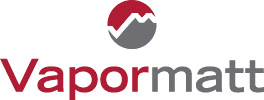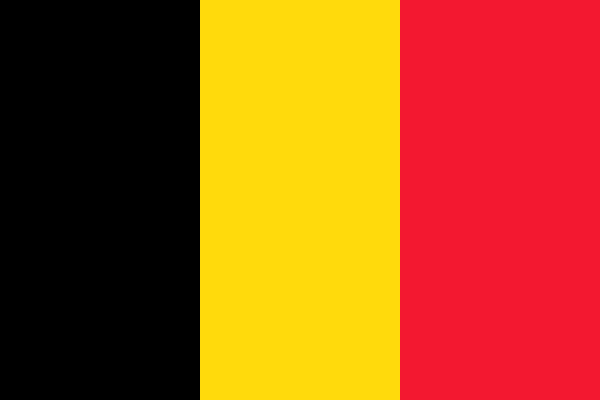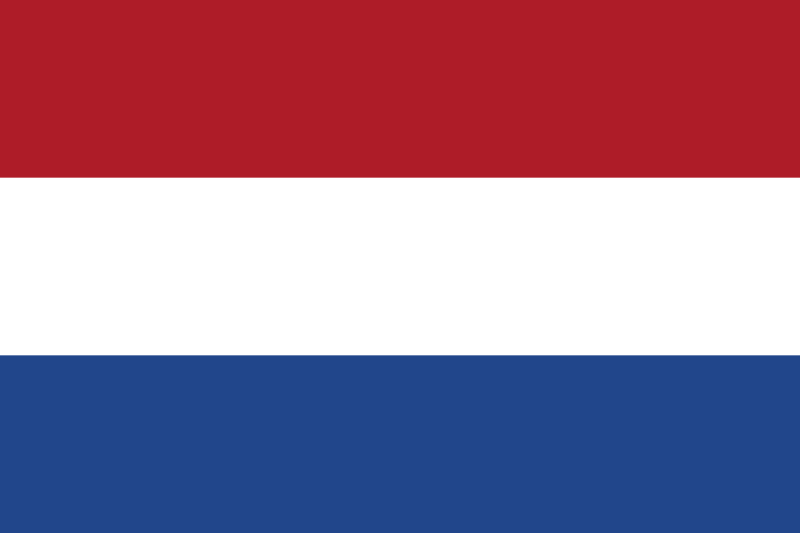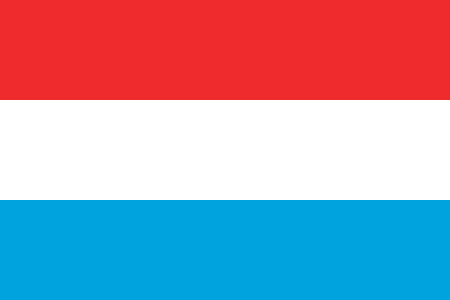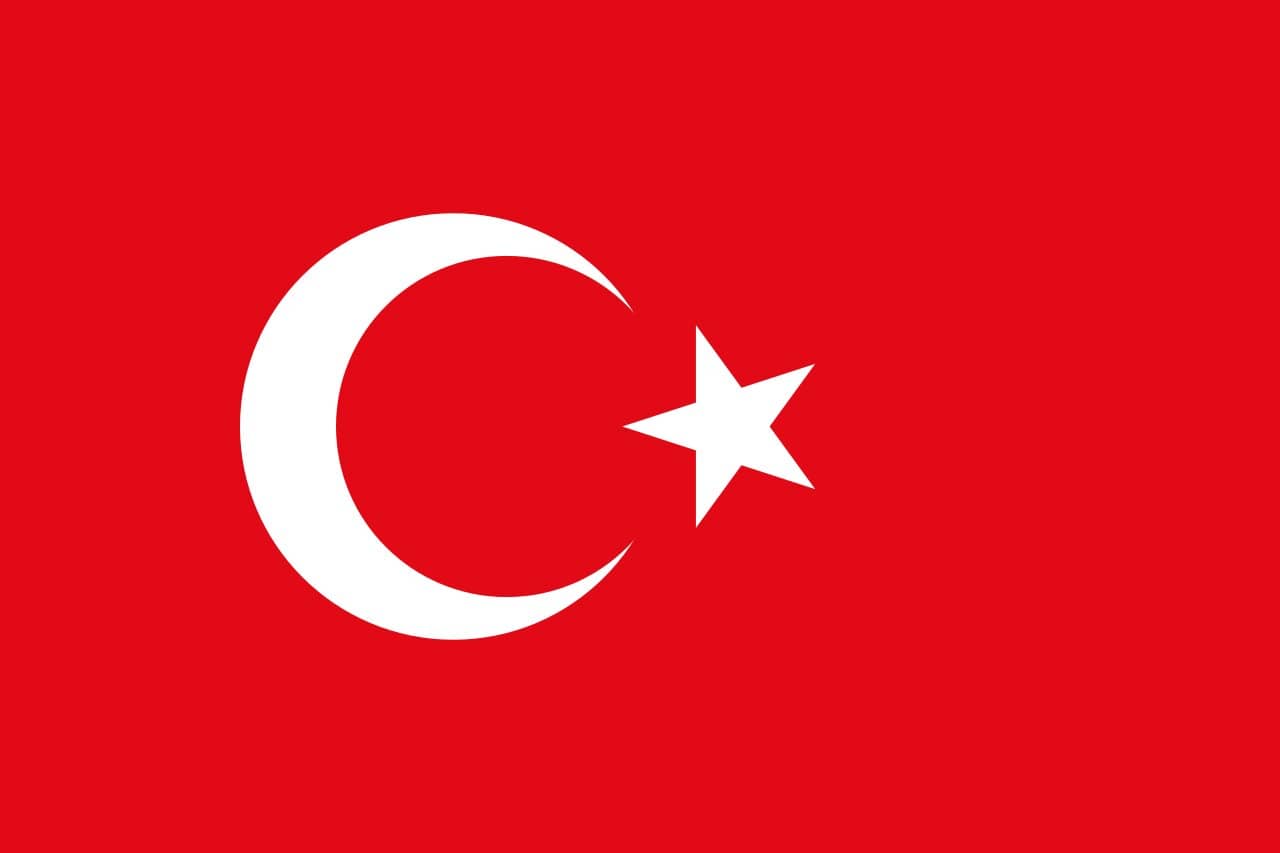The problem
Wire drawing requires the use of often aggressive cleaning and descaling processes. Acid pickling is one method often used; however there are obvious problems with safety in its use, not to mention the financial and environmental costs incurred both for purchasing and disposing of the acid itself. A more environmentally-friendly method that has been tried by various manufacturers is dry blasting, but this leaves a pitted surface and fine grit on the wire surface. It also presents the problem of static build-up and dust contamination, and has a tendency to remove some of the substrate. So, with increasingly tough environmental legislation, and constant pressure to maintain a competitive edge by offering the best possible product and process quality, there is a compelling argument to consider alternative methods of surface preparation.
The solution
Wet blasting offers an alternative cleaning option that is not subject to the problems described above. This highly effective process combines compressed air, abrasive media and water in a slurry form to clean and prepare surfaces. The water creates a lubricating effect that increases the flow of particles across the surface being treated. Unlike dry blasting the liquid cushion also protects delicate surfaces whilst eliminating any potentially harmful dust.
Wet blasting results in surfaces that are extremely clean and reactive, with no embedded secondary contamination from the media. There’s also the option to provide simultaneous cleaning and degreasing by heating the water and adding a mild detergent to ensure the effective removal of oily surface contamination. The most advanced wet blasting systems use powerful software programs to combine and monitor precisely controlled flows of gas, air and solids, which are mixed then accelerated through focused blasting nozzles. Changing the fluid pressures, blast material, slurry composition, number and direction of attack of the blasting nozzles allows for a range of processing effects to be achieved, from harsh to soft. For example, the Vapormatt Profelis allows media concentration, process temperature, additive and blast pressures to be carefully controlled to provide an extremely consistent surface finish that can be reproduced time after time.
In summary, wet blasting offers exceptionally high quality results when used to clean, degrease, descale, etch or satin polish all wire, cable and strip products. No harsh chemicals are used in the process and no dust is created, which means that wet blasting machines reduce waste and are kinder to the environment, as well as delivering exceptional surface quality.
